Review: Ammonoid (Paleozoic Pals)
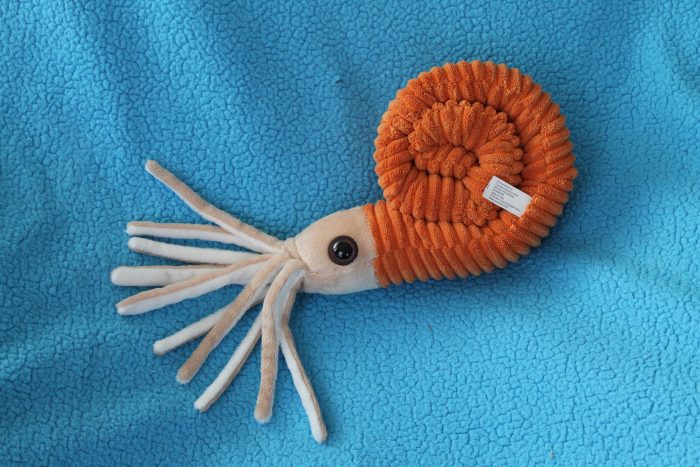

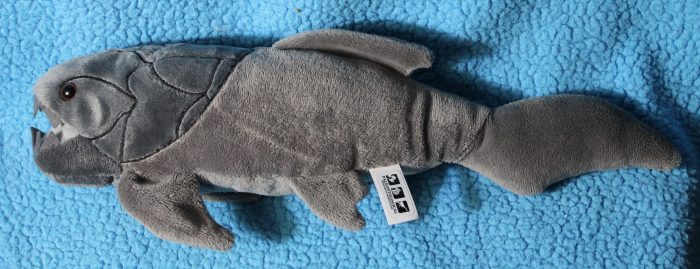
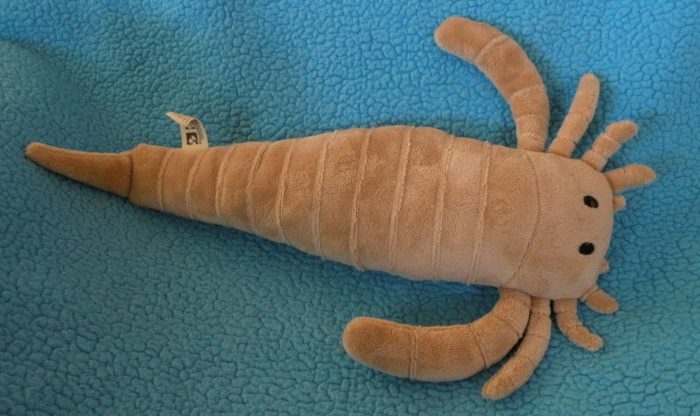
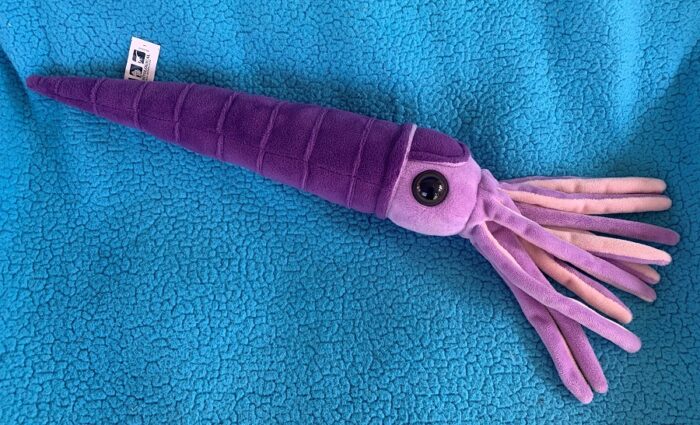
Paleozoic Pals is a line of plush toys commissioned by the Paleontological Research Institution (PRI) and sold at the Museum of the Earth, located in Ithaca, New York. Since its launch in 2015 the line has done quite well, and now has 13 distinct plush toys to its name (as well as slippers, a body pillow, and other merchandise) with more on the way.
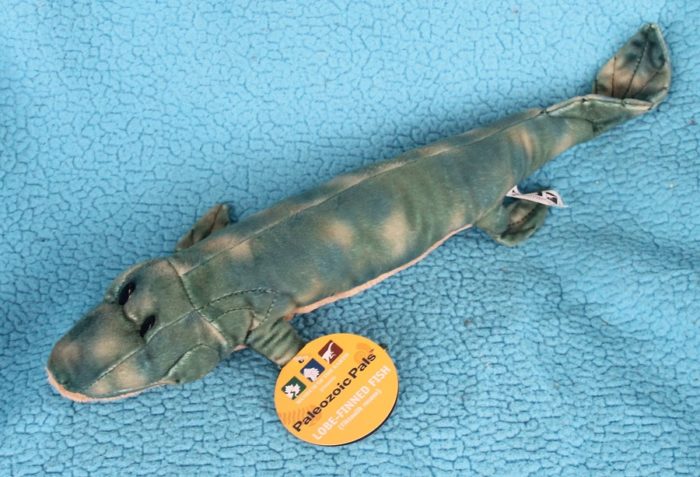
For those interested in paleontology and evolution beyond dinosaurs the name Tiktaalik should be a familiar one. Discovered on Ellesmere Island, Canada, and formally described in 2006, Tiktaalik is significant in broadening our understanding of how sarcopterygian fishes gave rise to land dwelling vertebrates.
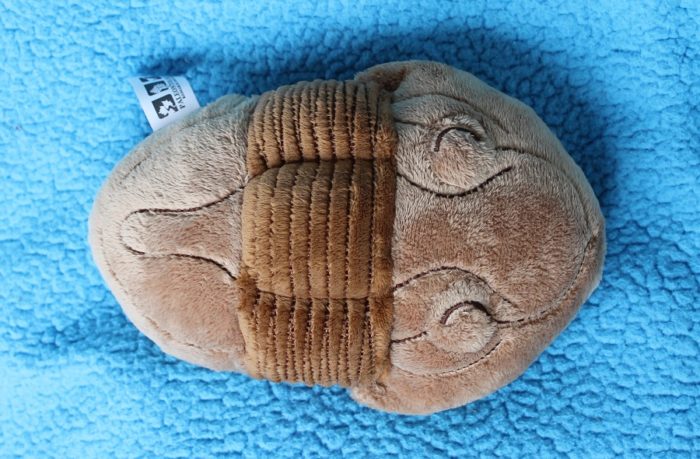
The Paleozoic Pals line of plush Paleozoic fauna has really taken off over the last five years, releasing two plush toys a year since they began in 2015. It was my hope that I would be able to keep up with them through these reviews but having moved away from the Museum of the Earth where they’re sold I’ve fallen a bit behind.
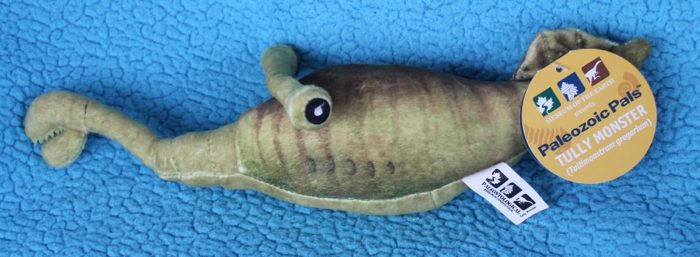
While prehistoric animals like Tyrannosaurus, Pteranodon, or woolly mammoths dominate the mainstream media and public imagination they are to be fair, kind of boring. Hear me out, I love my giant reptiles and Pleisotocene megafauna as much as the rest of you but let’s be honest, they’re all fairly straightforward.